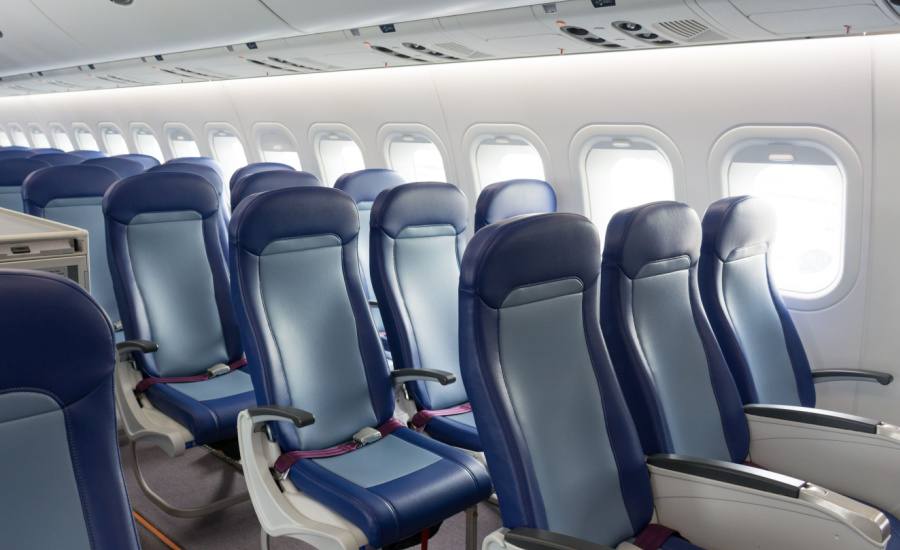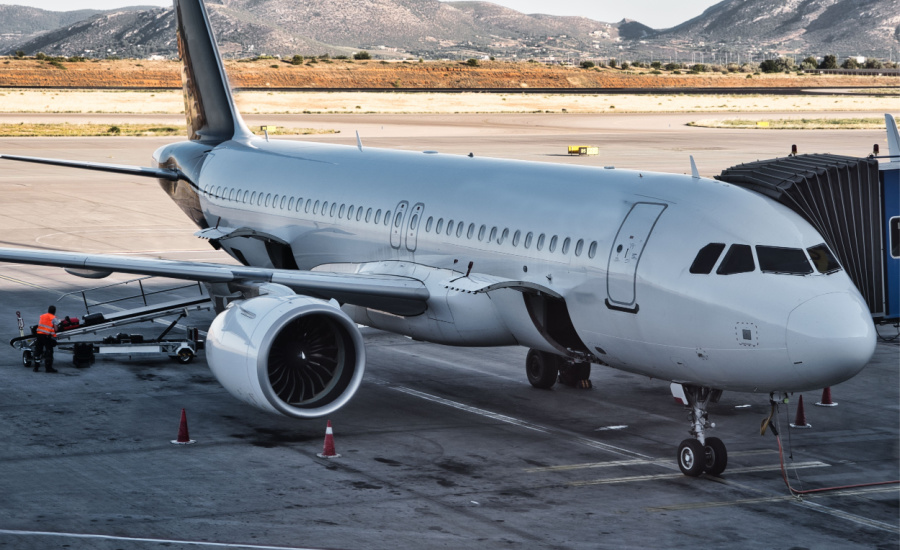It’s a big, beautiful world, and there’s nothing wrong with wanting to see it all! From climbing mountains to diving with dolphins, there are enough adventures on this planet to last you a lifetime.
The tricky part is being responsible about your globetrotting. There are selfish ways to travel, and there are ethical, sustainable ways to travel. So let’s talk about what you can do to minimize your impact on the environment–even as you explore it–with these sustainable travel and ecotourism tips.
Choose Airlines with Carbon Offset Programs

Airline carbon offset programs are designed to “neutralize” or “cancel out” the carbon emissions of your flight by donating a proportionate amount of money to carbon reduction projects. They typically work by calculating the amount of your flight’s CO2 emissions and adding it to your bill.
As for what these carbon reduction projects actually do with the money, it depends on the organization. They might plant trees, invest in environmental protection efforts, or provide financial support for renewable or fuel-efficient technologies. Several major airlines such as United offer carbon offset programs. However, you might have to call and ask them directly to join.
Buy Carbon Offsets Yourself
 Another option for carbon offsetting is donating directly to organizations that support it. You can donate any amount of money at any time. With groups like TerraPass, you can even run projections of flights with hypothetical passengers and donate that amount of money. For a personal trip, you can use an online CO2 emissions calculator that will allow you to plug in your flight data and figure out your trip’s unique amount of emissions. Based on that data, you can make a comparative, budget-friendly donation to the carbon offset group of your choice.
Another option for carbon offsetting is donating directly to organizations that support it. You can donate any amount of money at any time. With groups like TerraPass, you can even run projections of flights with hypothetical passengers and donate that amount of money. For a personal trip, you can use an online CO2 emissions calculator that will allow you to plug in your flight data and figure out your trip’s unique amount of emissions. Based on that data, you can make a comparative, budget-friendly donation to the carbon offset group of your choice.
And remember: Before donating, always double-check the organization and make sure that they’ve been vetted by groups like the American Carbon Registry or the Climate Action Reserve. Always do your homework before opening your checkbook!
Choose Eco-Friendly Airlines
 Some airlines are more environmentally friendly than others. So, if you’re looking to reduce your carbon footprint, go with brand names with a good track record of sustainability. Don’t know where to start? Check out the annual airline rankings by the International Council on Clean Transportation. Look for airlines with carbon offset programs or other eco-friendly booking options. You should also consider flying with newer airlines or carriers that have recently updated their fleets. Older planes tend to emit more CO2 than newer ones, and many airlines are conscientious about updating to more fuel-efficient planes.
Some airlines are more environmentally friendly than others. So, if you’re looking to reduce your carbon footprint, go with brand names with a good track record of sustainability. Don’t know where to start? Check out the annual airline rankings by the International Council on Clean Transportation. Look for airlines with carbon offset programs or other eco-friendly booking options. You should also consider flying with newer airlines or carriers that have recently updated their fleets. Older planes tend to emit more CO2 than newer ones, and many airlines are conscientious about updating to more fuel-efficient planes.
Sit in Economy Class

This is a small change in your travel arrangements that can have a big impact. Research has shown that flying business class can result in a carbon footprint that’s 5.5 times larger than flying economy. The math is a bit complicated, but the short version is that economy class can fit more people on a plane in a single trip, thereby reducing the overall amount of emissions per passenger.
Take Non-Stop Flights to Limit Layovers
Direct, nonstop flights are more eco-friendly than ones with multiple stops. You see, it’s all about the fuel: more layovers means more flights, which means more fuel requirements, which means more CO2 emissions. This is especially true when you consider that planes expend most of their energy when they’re taking off and when they’re landing. So connecting flights means nearly twice the carbon impact.
Of course, the downside of taking a direct flight is that it’s often more expensive than one with a layover or two. In terms of responsible travel, however, it’s a price that might be worth paying. Consider it a DIY form of carbon offsetting!
You may also like: Here’s Our Top 5 Greenest Cities to Visit Around the World!
Travel on Mid-Size Passenger Planes

You might probably know already that fancy private jets are terrible for the environment. They only transport a small number of passengers while burning an amount of fuel similar to what larger planes burn. On the flip side, however, jumbo jets and extra-large planes can also be a poor choice for sustainability, since they contribute to the rise of greenhouse gases through sheer size and the amount of thrust they require to keep their bulk moving through the atmosphere. The solution? When you’re searching for those cheap flights, book yourself on a mid-sized passenger plane for maximum eco-friendliness!
Do you have and tips for flying green that you’d like to share? Tell us about it in the comments below.


Leave a Reply